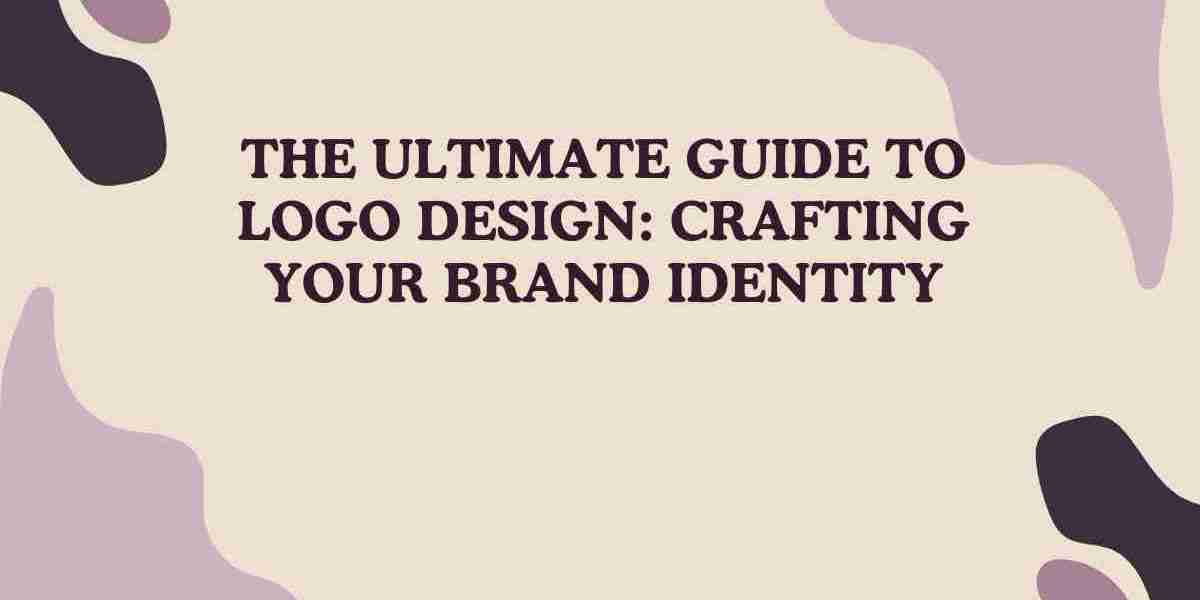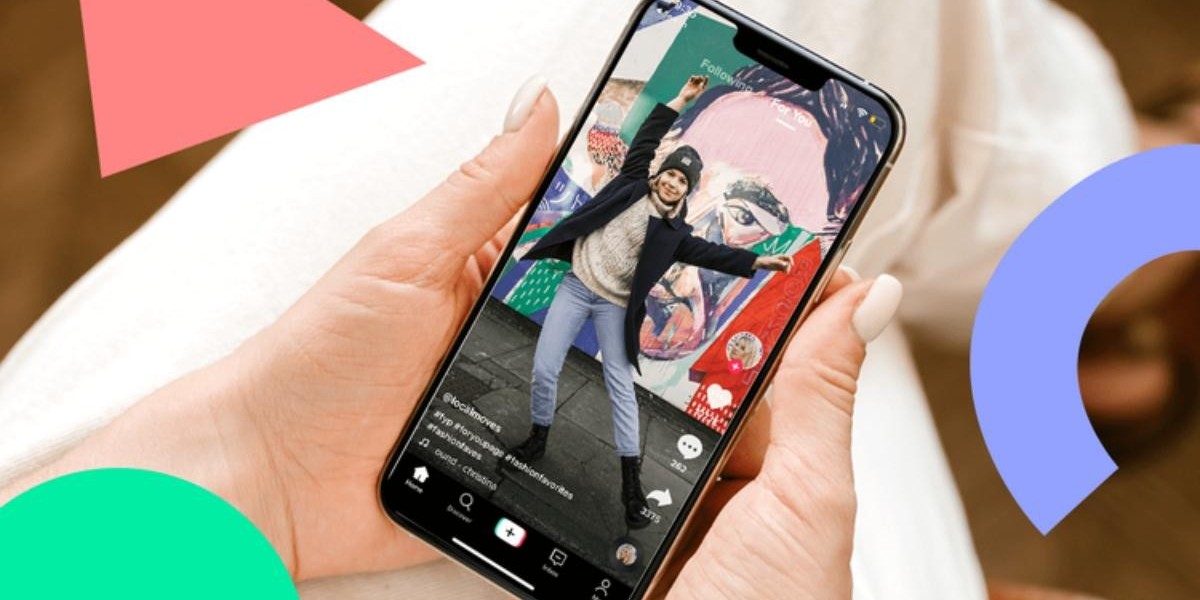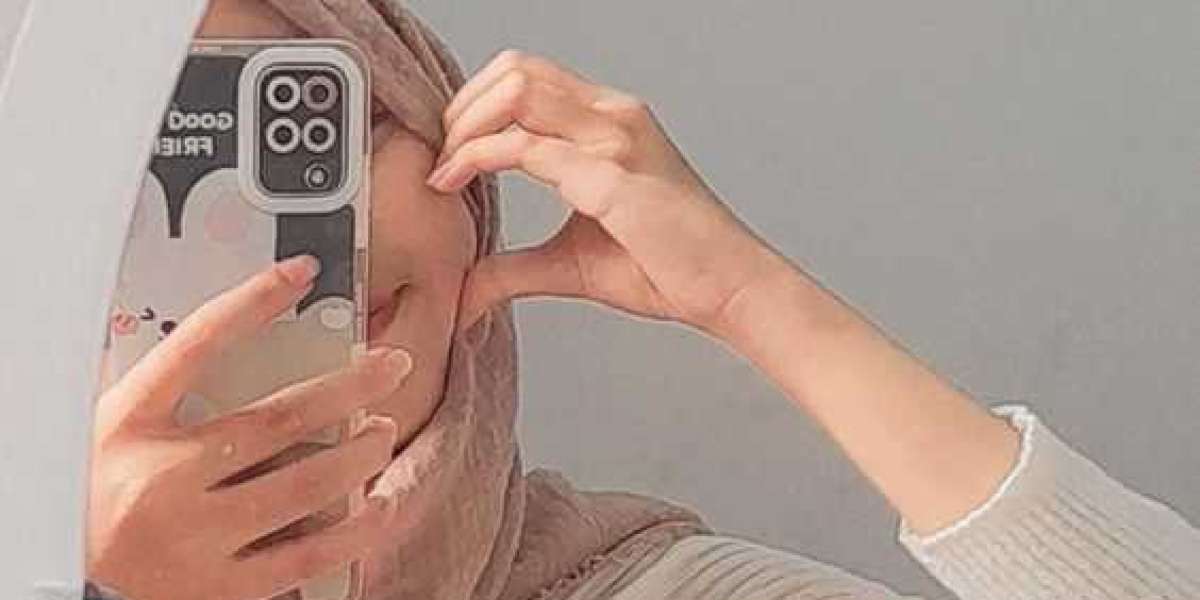A logo is more than just a graphic or an icon. It’s the first impression a potential customer gets of your brand, the visual embodiment of your company’s identity, and a powerful marketing tool. Whether you are a startup, a growing business, or an established enterprise, your logo plays a pivotal role in communicating your brand’s message and values.
In this guide, we’ll explore everything you need to know about logo design, from its importance to the various methods of creating a logo, and how working with a professional logo design agency or using a logo maker can help elevate your business image.
What is a Logo?
A logo is a graphical representation of your company or brand, typically featuring a symbol, text, or a combination of both. The key function of a logo is to offer a visual shortcut to your company’s identity and values. For example, when you see a swoosh, you immediately think of Nike. When you see the apple with a bite, it’s Apple Inc. A well-designed logo carries an emotional connection that resonates with customers, building trust and recognition over time.
Why is a Logo Important for Your Business?
Your logo serves as the cornerstone of your brand identity. It’s often the first point of interaction between your business and potential customers. Here’s why a logo is critical:
Brand Recognition: A good logo helps consumers recognize your brand quickly, even if they’ve never interacted with your company before.
Professionalism: A well-designed logo conveys credibility and professionalism, which is crucial in today’s competitive market.
Differentiation: Your logo helps distinguish you from competitors. It communicates the unique qualities of your business.
Memorability: A strong logo is memorable. It sticks in the minds of your customers, allowing them to recall your business easily.
The Elements of a Great Logo
Creating a logo that resonates with your audience requires careful thought and strategy. Here are some key elements to consider when designing a logo:
Simplicity
A great logo is simple and clear. It avoids unnecessary details and focuses on what truly represents the brand. Simple logos are more recognizable and scalable across different platforms, from business cards to billboards.
Relevance
Your logo should align with your business values, industry, and target audience. For example, a playful logo might be ideal for a children's toy store but less suitable for a law firm, which requires a more serious tone.
Versatility
A good logo should be versatile, adaptable to various sizes, colors, and formats. It should look good in black and white as well as in color, and it should scale well whether it’s on a website or a large billboard.
Timelessness
A logo that’s based on trends can become outdated quickly. Aim for a timeless design that remains relevant for years. Think about brands like Coca-Cola or Nike — their logos have stood the test of time.
Uniqueness
A logo needs to stand out. Avoid clichés and overused symbols, and make sure your logo doesn’t resemble other logos in your industry. Originality is key to ensuring that your business is memorable.
How to Design a Logo: DIY or Hire a Professional?
When it comes to creating a logo, you have two main options: designing it yourself or hiring a professional logo design agency. Each approach has its pros and cons.
DIY with a Logo Maker
For small businesses or startups on a budget, a logo maker can be a cost-effective solution. There are several online platforms available that offer intuitive tools to design a logo, even if you don’t have a design background. These platforms typically offer customizable templates, allowing you to choose elements like fonts, colors, and icons that align with your brand.
While using a logo maker can be an easy and affordable option, it has limitations. The designs are often less unique since many other businesses may use the same templates, which could undermine the distinctive identity you want to build for your brand.
Hiring a Logo Design Agency
On the other hand, working with a professional logo design agency offers several advantages. A logo design agency brings expertise, experience, and a tailored approach to the table. They understand how to create a logo that not only looks good but also resonates with your audience and communicates your brand’s core values.
By hiring an agency, you gain access to a team of professional designers who can help guide you through the entire logo design process — from concept to final execution. They’ll ensure your logo is unique, versatile, and timeless. Additionally, most agencies provide a comprehensive branding package that goes beyond just the logo, helping you develop your full brand identity.
The Logo Design Process
Whether you use a logo maker or hire a logo design agency, there’s a general process involved in designing a logo. Understanding this process helps you ensure that your logo truly represents your business. Here’s a breakdown:
1. Understanding Your Brand
The first step in the logo design process is understanding your brand. This includes your business values, mission, target audience, and the message you want to convey. A strong logo reflects the personality of your company, so having a clear understanding of these elements is crucial.
2. Brainstorming Ideas
Once you have a clear understanding of your brand, the next step is brainstorming logo concepts. Sketching out rough ideas or creating mood boards can help you visualize what your logo might look like. This is also the stage where you can begin thinking about colors, fonts, and symbols that align with your brand.
3. Refining the Design
After generating initial ideas, it’s time to refine the designs. This involves narrowing down the options, tweaking elements, and experimenting with variations. If you’re working with a logo design agency, they will provide multiple iterations of your logo for feedback and revisions.
4. Finalizing the Logo
Once you’re satisfied with the design, it’s time to finalize it. This includes making sure your logo is scalable, looks good in black and white, and works across various platforms. It’s important that your logo looks as great on a business card as it does on a website.
Common Logo Design Mistakes to Avoid
Designing a logo is a complex task, and even experienced designers can make mistakes. Here are some common logo design mistakes to avoid:
Overcomplicating the Design: Avoid adding too many elements to your logo. Simplicity is key.
Using Trends Instead of Timeless Design: Trends come and go, but a good logo should last for years.
Ignoring Scalability: Your logo needs to work at all sizes, from tiny icons to large banners.
Choosing the Wrong Colors or Fonts: Colors and fonts have psychological meanings. Ensure they align with your brand’s message.
FAQs About Logo Design
Q1: How long does it take to design a logo?
The timeline for designing a logo varies depending on whether you’re using a logo maker or working with a logo design agency. A DIY logo can take anywhere from a few hours to a few days, while an agency may take several weeks to ensure a comprehensive and custom design.
Q2: How much does it cost to hire a logo design agency?
The cost of hiring a logo design agency depends on the agency’s experience, reputation, and the complexity of the design. On average, professional agencies charge anywhere from $1,000 to $10,000 for logo design services.
Q3: Can I make changes to my logo after it's designed?
Yes, most logo design agencies provide revisions as part of their service. If you're using a logo maker, some platforms also allow you to make changes as needed.
Q4: Can I use a logo maker for my business?
Yes, logo makers are a great option for small businesses or startups with limited budgets. However, for a unique and highly tailored logo, it’s often best to work with a logo design agency.
Q5: What file formats should I receive for my logo?
A good logo should be delivered in multiple file formats, including PNG, JPG, SVG, and AI or EPS, to ensure it can be used across various platforms without losing quality.
Conclusion
A logo is more than just a design element; it’s a critical part of your brand’s identity and overall success. Whether you choose to create your logo using a logo maker or work with a professional logo design agency, make sure your logo accurately reflects your brand’s personality, values, and message. Take the time to design a logo that will serve as a long-lasting symbol of your business and help you build strong relationships with your customers.








